Marsha Linehan said, “Radical acceptance rests on letting go of the illusion of control and a willingness to notice and accept things as they are right now, without judging”.
How do we reduce our suffering and increase positive feelings? Marsha Linehan believes this can be done through radical acceptance, a method she developed. Radical acceptance is the ability to view a difficult situation we’re experiencing, acknowledge the emotions that come up in the present moment, and accept those emotions (rather than denying them or stuffing them down). Doing so allows for positive shifts in how we feel and perceive the world.
The goal of radical acceptance is to face painful emotions and experiences head-on, accepting them fully without judgment. Doing so allows us to more easily navigate challenging situations. Radical acceptance is total acceptance of a situation or experience. It isn’t simply a way to approve a painful event or negative experience, give in, or give up on something difficult. Radical acceptance is acknowledging that a difficult or painful situation or experience cannot be changed without a full acceptance that the event has happened in the first place.
In our culture, we are often of the mindset that we should either avoid pain or move on quickly in order to move forward. We all don’t want to be in pain so at times this makes sense. However, radical acceptance takes a different tone: Pain + Non-acceptance = Suffering
Radical acceptance understands that life involves difficult and painful events. When we often avoid pain, particularly for long periods of time, it is easy to feel guilt, anger, resentment, shame, and bitterness, as avoidance doesn’t mean it is resolved. Radical acceptance highlights that we accept reality as is, knowing it is still worth living even with painful experiences being a part of life.
So when should you use radical acceptance? “Should” statements are often indicators of an attempt to fight painful experiences, as often these are judgmental statements. Statements like, “This shouldn’t be happening,” or “I shouldn’t have to deal with this,” highlight a judgment, that things shouldn’t be happening in the way they are. Being unable to accept the situation keeps those feelings of unhappiness, guilt, anger, and other painful emotions at the forefront, impacting our health and wellness. Engaging in radical acceptance allows for one to be in tune with one’s emotions and embrace the painful events along with the positive ones.
It can be difficult to think about accepting particularly painful events in life. One way to begin taking on a stance of radical acceptance is by practicing this in day-to-day situations with moments of frustration, like getting stuck in traffic, which often leave us feeling anxious, angry, stressed, annoyed, etc. Practice radical acceptance by meeting these realities with acceptance rather than trying to push them down.
Another way to practice radical acceptance is through the use of coping statements such as, “I can’t change what has happened” or “I cannot continue to fight the past”. Practice realistic mantras like these over and over. When you move past negative emotions, you move forward with positive ones.
Marsha Linehan highlights that pain cannot be avoided, it is part of life. Radical acceptance is a beneficial tool that leads us away from suffering to freedom and calmness, enabling us to make choices without negative emotions impacting this. You can learn more strategies and tools like this through your own therapist. Click here to get connected.


